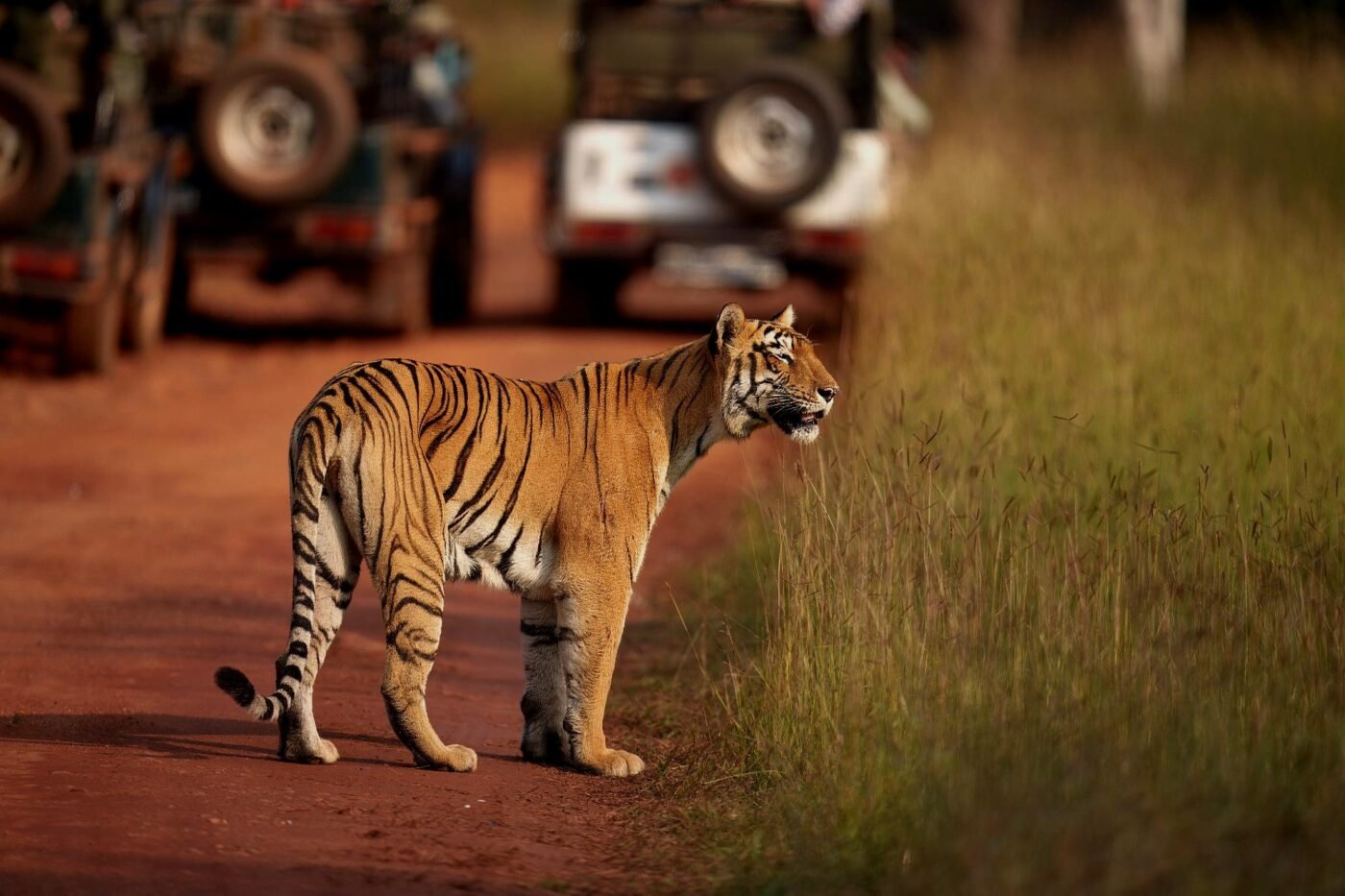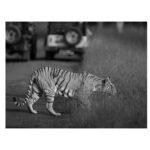The Ultimate Guide to Wildlife Photography for Beginners

Begins the journey of wildlife photography can be thrilling and rewarding. Capturing the beauty of animals in their natural habitat requires skill, patience, and the right tools. If you’re a beginner eager to explore nature and wildlife photography, this guide will equip you with the essentials to get started.
Choosing the Right Camera for Wildlife Photography
The first step in wildlife photography is selecting the right camera. For beginners, a DSLR or mirrorless camera with fast autofocus and high frame rates is ideal. Popular models like the Canon EOS R7 or Nikon Z6 II are excellent options. Look for features such as:
- High ISO range for low-light conditions.
- Fast shutter speed to capture motion.
- Telephoto lens compatibility for distant subjects.
Investing in a good camera for wildlife photography will significantly enhance your ability to capture sharp and detailed shots.
Essential Wildlife Photography Equipment
In addition to a reliable camera, having the right wildlife photography equipment is crucial. Here’s a checklist for beginners:
- Lenses: A telephoto lens (e.g., 300mm or 400mm) is a must-have for photographing distant animals.
- Tripod/Monopod: Helps stabilize the camera during long shoots.
- Memory Cards: High-capacity and high-speed cards to store your images.
- Protective Gear: Weatherproof covers to protect your equipment during outdoor shoots.
- Binoculars: Essential for spotting wildlife before setting up your shot.
Planning Wildlife Photography Trips
To capture stunning images, you need to go where the wildlife is. Planning dedicated wildlife photography trips can enhance your chances of encountering diverse species. Here are some tips for trip planning:
- Research the location: Understand the habitat and the best times to visit.
- Go with a guide: Expert guides can help you spot elusive animals.
- Follow the rules: Respect the environment and maintain a safe distance from animals.
- Pack smart: Bring enough food, water, and appropriate clothing for the weather.
Mastering Nature and Wildlife Photography Techniques
Wildlife photography is as much about technique as it is about equipment. Here are some tips to improve your skills:
- Patience is key: Animals don’t pose for the camera, so be ready to wait.
- Focus on the eyes: Sharp eyes create a captivating image.
- Use natural light: Early mornings and late afternoons provide the best lighting.
- Experiment with composition: Incorporate the animal’s environment into the frame for more compelling images.
Wildlife Photography in India
India is a paradise for wildlife photographers, offering diverse ecosystems and a wide variety of species. Here are some top destinations for wildlife photography in India:
- Ranthambore National Park, Rajasthan: Famous for its tigers.
- Kaziranga National Park, Assam: Home to the one-horned rhinoceros.
- Sundarbans, West Bengal: Perfect for spotting the elusive Bengal tiger.
- Jim Corbett National Park, Uttarakhand: Known for its leopards and elephants.
- Keoladeo National Park, Rajasthan: A haven for bird photography.
When visiting these locations, ensure you follow ethical practices, such as not disturbing the animals or their habitat.
Conclusion
Wildlife photography is an art that combines technical skills, creativity, and a deep appreciation for nature. With the right camera for wildlife photography, essential wildlife photography equipment, and well-planned wildlife photography trips, you’ll be on your way to capturing breathtaking moments. Whether you’re exploring the wilderness in India or venturing to other exotic locations, this guide will help you begin your journey into the mesmerizing world of nature and wildlife photography.
Comments are closed.


